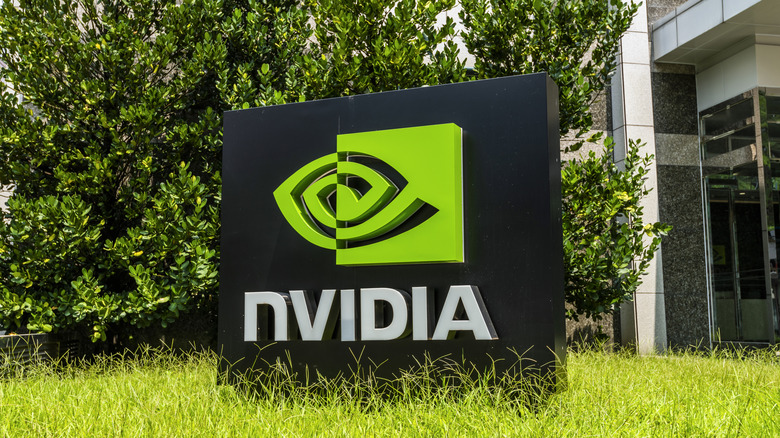Nvidia's Latest Price Targets From Analysts Are Very Telling
Nvidia's stock price has been on an absolute tear in the last five years, up over 2,000% since March 2020. This means if you invested $1,000 into it at the onset of the COVID-19 Pandemic, you'd have over $20,000 today. However, in light of recent uncertainty surrounding financial markets due to tariffs and new technical innovations, investors and analysts alike are becoming a bit skeptical as to whether or not there will be a similar performance in the stock's price in the near future. In fact, what's most telling is that analysts don't seem to have any idea at all about how Nvidia will perform going forward. But why is this the case?
Initially the company's successful stock performance in the past can be attributed to the revolution in Artificial Intelligence over the last few years. The reason being is that Nvidia designs and sells GPUs (graphic processing units), which are a critical component required to run Large Language Models (LLMs) like ChatGPT and other AI products. However, due to recent advancements which have made computing less expensive, some investors are concerned that Nvidia's high-powered, expensive GPUs could be rendered obsolete in the future. That said, this, combined with the uncertainty in financial markets driven by the Trump Administration's tariff policies, paint a rather unclear picture for Nvidia's future.
The current situation with financial markets
During the onset of 2025, many analysts predicted that Donald Trump's proposed tariffs may put the stock market through a new test, and as of today, it appears those predictions are coming true. Financial markets in general went on quite a run in the months of November and December following Trump's win in the presidential election. However, in the first quarter of 2025, things began to change once he actually stepped foot into the Oval Office. The blame can largely be placed on the 47th president's agenda regarding tariffs.
On Saturday, February 1st, the White House issued a press release announcing that Trump would be ramping up significant tariffs on imports from Canada, Mexico, and China. In the press release, it was stated that the purpose of this was to combat what he deemed as an "extraordinary threat" regarding the flow of fentanyl and illegal immigrants into the United States. However, following this announcement, there was a large degree of back and forth regarding how and when exactly these tariffs were going to be implemented and to what degree. Regardless, delays and reversals in policy regarding these tariffs stirred up quite a bit of uncertainty in financial markets, causing a great degree of volatility. As time has gone on, this has only proceeded to have gotten worse.
The future of Nvidia in light of the tariff fiasco
Overall, in light of the recent tariff fiasco, the value of Nvidia's stock has dropped over 12% in the last month. Since there is so much uncertainty regarding the scope and implementation of these tariffs (as well as how other countries will react), analysts of financial markets haven't been able to paint a clear picture of what to expect for Nvidia's stock price going forward. That said, until we gain some more clarity regarding the tariff situation, volatility is expected to continue.
Outside of this, the release of China's groundbreaking AI company DeepSeek also damaged the value of Nvidia's stock price back in January, fueling deeper concerns regarding the company's future. This Chinese company was able to build an LLM superior to American based LLM's like Chat GPT, despite the fact that these American tech companies had far greater GPU processing power supplied by Nvidia. In simple terms, if DeepSeek was able to accomplish this for less money with far less superior GPU units than Chat GPT was supplied with by Nvidia, it places the necessity of expensive, high powered Nvidia GPU processors in question. However, it's not just Chinese AI companies that Nvidia has to be worried about in this regard, but certain American semiconductor companies like AMD as well. The reason being is that AMD is currently developing equally effective yet cheaper GPUs compared to Nvidia which could become highly competitive in the U.S. tech market.


